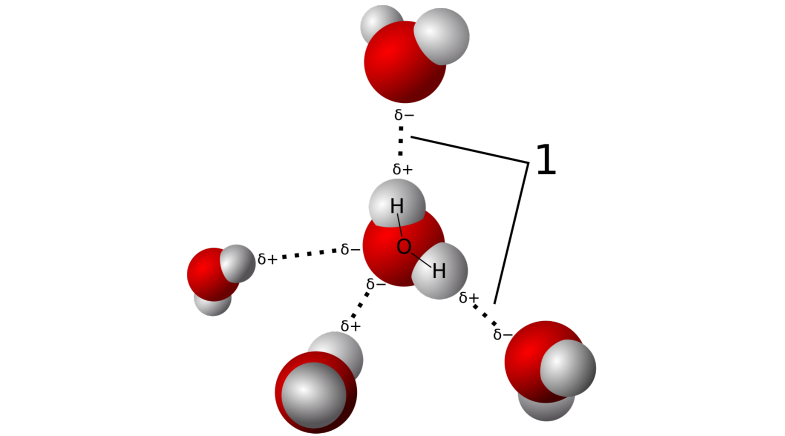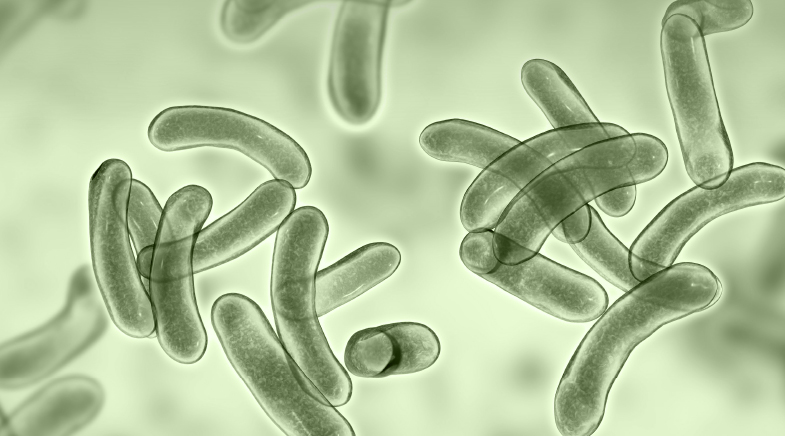Halt! Crew at work
-
- from Shaastra :: vol 04 issue 05 :: Jun 2025

The identification of 10 hub genes may be a step towards the early detection of gallbladder cancer.
Ruhi Dixit spends about half her research hours in a wet lab, working with biochemicals and genetic material extracted from human gallbladder tissues. The other half, she's on a computer, analysing genetic data from those tissues. For nearly 10 years, Dixit, a scientist at the Institute of Medical Sciences at Banaras Hindu University (BHU), Varanasi, has been trying to unravel the genetic machinery underlying gallbladder cancer (GBC), a particularly lethal disease with a five-year survival rate of less than 20%.
Now, Dixit and her BHU colleagues, surgical oncologist Manoj Pandey and general surgeon Vijay Kumar Shukla, have pinpointed 10 "hub genes" that appear to play crucial roles in the onset and progression of GBC. A hub gene is like a core node in a communication network that influences the activities of other genes. They believe identifying the hub genes is a step towards genetic tests to detect GBC early, predict its speed of progression, and design new treatment strategies.
The 10 hub genes — ATR, BRCA2, CCNB2, among others — are not new. Cell biology groups elsewhere in the world had discovered them between the late 1980s and early 2000s as part of efforts to understand how the cellular lifecycle, DNA, or genetic material repairs itself, and the start of cancers. Certain mutations in BRCA2, for instance, increase the risk of breast and ovarian cancers. "All 10 hub genes in different ways protect our cells by ensuring that DNA replicates correctly during cell division and gets repaired spontaneously if errors emerge," says Dixit. "These tasks are critical to prevent the build-up of DNA damage that can progress to cancer."
Researchers now aim to validate the relevance of hub genes across a larger sample to establish a panel of biomarkers for early GBC detection.
GBC is relatively rare on a global scale. However, for reasons still unknown, swathes of northern India have the world's highest recorded rates of GBC: 6.1 cases per 100,000 men and 14.9 per 100,000 women. In contrast, Uganda and South Africa have the lowest rates, with numbers below 0.5 per 100,000. This has led researchers to suspect that, like many other cancers, GBC may arise from an interplay between inherited genetics and environmental and lifestyle factors such as diet, infections, or pollution.
Research into the genetics of GBC over the past two decades — mainly by teams in China, Japan, and Korea — has revealed an association with at least five groups of genes. Some act like natural brakes, helping shut down the growth of tumours. Others push cells to grow in uncontrolled ways. A third group helps enhance the blood supply that nourishes cancer cells. Another group controls how cells grow, divide, and die. The fifth ensures that damaged cells self-destruct before they turn cancerous. Despite these insights, scientists had long struggled to pinpoint specific genes responsible for pushing GBC forward — until now.
MAPPING GENES
The BHU team analysed thousands of genes in tissues collected during autopsies from three groups: 10 patients with GBC, 10 with gallstones but no cancer, and 10 controls — people who died from other causes, with no malignancy or gallbladder disease.
Their analysis, published in Molecular Biology Reports, revealed 2,575 genes with heightened activity and 1,323 with reduced activity in GBC tissues compared to controls (bit.ly/GBC-Biomarkers). Using a bioinformatics database, the researchers mapped how these genes and their proteins interacted within biological pathways and identified 10 hub genes involved in 20 key pathways. These pathways are part of the cell's surveillance and repair system. "Each pathway works somewhat like a repair crew keeping our genetic material intact," Dixit says.
One major challenge with GBC is that symptoms often don't appear until the disease progresses. Dixit and her colleagues now aim to validate the relevance of these hub genes across a larger sample of tissues to establish a panel of biomarkers — molecular signals — for early GBC detection. "We could also use such genes to predict the progression of GBC," she says. Similar gene-based tests are already being used in breast cancer.
Clinicians are cautiously optimistic. "Anything that helps in early diagnosis would be very helpful," says Sanjay Nagral, a senior gastrointestinal surgeon at Jaslok Hospital, Mumbai. "But there are practical challenges. Whom do we screen with such a test? How do we define high-risk individuals? And how reliable are these genetic biomarkers as early warning signs?" Studies like Dixit's are helping lay the groundwork for those answers.
Have a
story idea?
Tell us.
Do you have a recent research paper or an idea for a science/technology-themed article that you'd like to tell us about?
GET IN TOUCH














